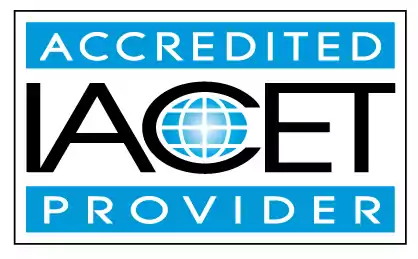Identify the importance of being sensitive to those who decide not to nurse and of welcoming environment that encourages mothers to breastfeed
Discover the importance of being sensitive to those who decide not to nurse and creating a welcoming environment that encourages mothers to breastfeed. Learn about examples of such environments in the domains of early childhood education and child care centers.Trainings incorporating this outcome
Proficiency Level
Target Audience
States
Alabama (1) Alaska (1) Alberta (1) Arizona (1) Arkansas (1) Australia (1) California (1) Colorado (1) Connecticut (1) Delaware (1) District of Columbia (1) Florida (1) Georgia (1) Hawaii (1) Idaho (1) Illinois (1) Indiana (1) Iowa (1) Jamaica (1) Kansas (1) Kentucky (1) Louisiana (1) Maine (1) Manitoba (1) Maryland (1) Massachusetts (1) Michigan (1) Minnesota (1) Mississippi (1) Missouri (1) Montana (1) Nebraska (1) Nevada (1) New Hampshire (1) New Jersey (1) New Mexico (1) New York (1) Newfoundland and Labrador (1) North Carolina (1) North Dakota (1) Nova Scotia (1) Ohio (1) Oklahoma (1) Ontario (1) Oregon (1) Pennsylvania (1) Prince Edward Island (1) Puerto Rico (1) Quebec (1) Rhode Island (1) Saskatchewan (1) South Carolina (1) South Dakota (1) Tennessee (1) Texas (1) Thailand (1) United Kingdom (1) Utah (1) Vermont (1) Virgin Islands (1) Virginia (1) Washington (1) West Virginia (1) Wisconsin (1) Wyoming (1)
120 hours courses
Related Outcomes
- Identify examples of a welcoming environment that encourages mothers to breastfeed.
- Identify the importance of being sensitive to those who decide not to nurse
- Identify appropriate practices for identify and demonstrate an children: Identify importance of individual planning
- Identify appropriate practices for identify and demonstrate an children: Identify examples of appropriate activities for different ages
- Identify the importance of encouragement and appreciation.
- Recognize the importance of demonstrating respect for all diversity and providing activities that reflect a welcoming environment for all children, youth and families, regardless of culture, language, or religion, or strengths, talents, and abilities.
- Identify the importance of maintaining cultural sensitivity while working with families during home visiting.
- Identify factors that may influence learning for a child in the preschool environment.
- Identify the importance of documenting the home visitor's work with the family.
- Demonstrate an understanding of the importance of schedules and consistency in a child care environment.
- Identify the importance of child nutrition and nutrition training for staff in childcare.
- Identify factors that may influence learning for a child in the family child care environment.
- Identify procedures that will promote a safe environment (indoor and outdoor).
- Identify factors that may influence learning for a child in the infant/toddler environment.
- Identify the regulations that monitor the staff role in the development and effectiveness of an environment.
- Identify family childcare learning environments and discuss the pros and cons of each room and display
- Identify the requirements of an appropriate environment that will promote free exploration and manipulation.
- Identify the role of play in the early childhood environment.
- Identify common mental health disorders in children and the importance of early intervention.
- Identify procedures that will promote a safe environment (indoor and outdoor)
Related Articles
- Breastfeeding in the Child Care Center....Why is it so important!
- Online Breastfeeding Course
- Cross-Cultural Toilet Training Practices
- Culturally Sensitive Classrooms
- Child care education
- Child Care Professionals
- Promoting Diversity, Equity, and Inclusion in Child Care: A Guide to Culturally Responsive Teaching
- Child Care Provider Training in Supporting Breastfeeding Practices
- Nurturing Hearts and Minds: The Critical Role of Social-Emotional Learning in Early Childhood
- A Comprehensive Guide to Opening an In-Home Daycare in South Carolina
- Building Relationships: Connecting with Children and Families in Preschool
- Trauma-Informed Care: Why Your Classroom Isn’t Complete Without a Little Extra Empathy
- How Educators Can Create Joyful, Inclusive Celebrations
- New Year, Fewer Tantrums: Tips for Building Strong Parent-Educator Partnerships in 2025
- Trauma-Informed Care Strategies for a Calmer 2025 Classroom
- Child Abuse and Neglect Training: Empowering Educators to Recognize and Respond
- Crafts & Kindness: Activities for Teachers Day and Mother’s Day
- The Brain Architects: How Early Educators Shape Tomorrow’s Innovators🧠
 12 CEUs
12 CEUs